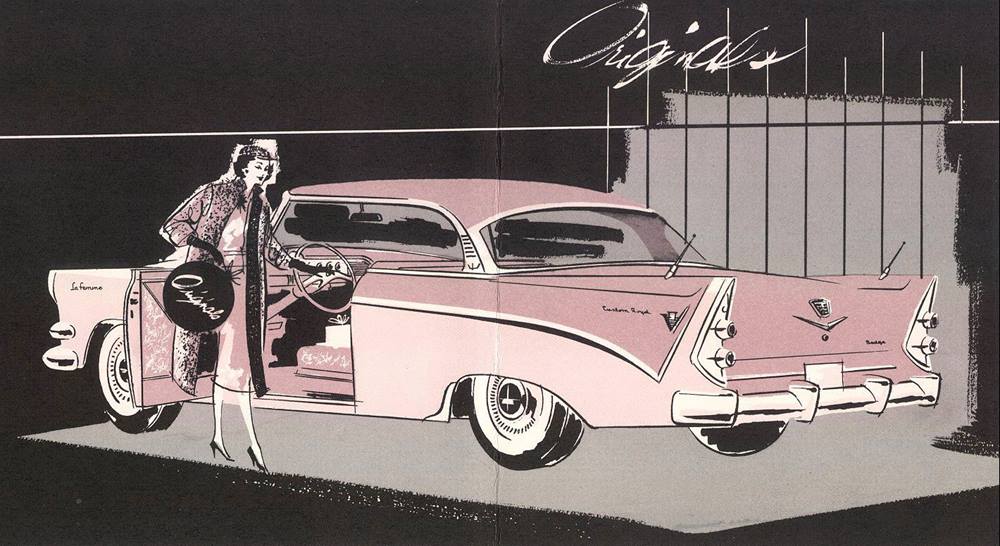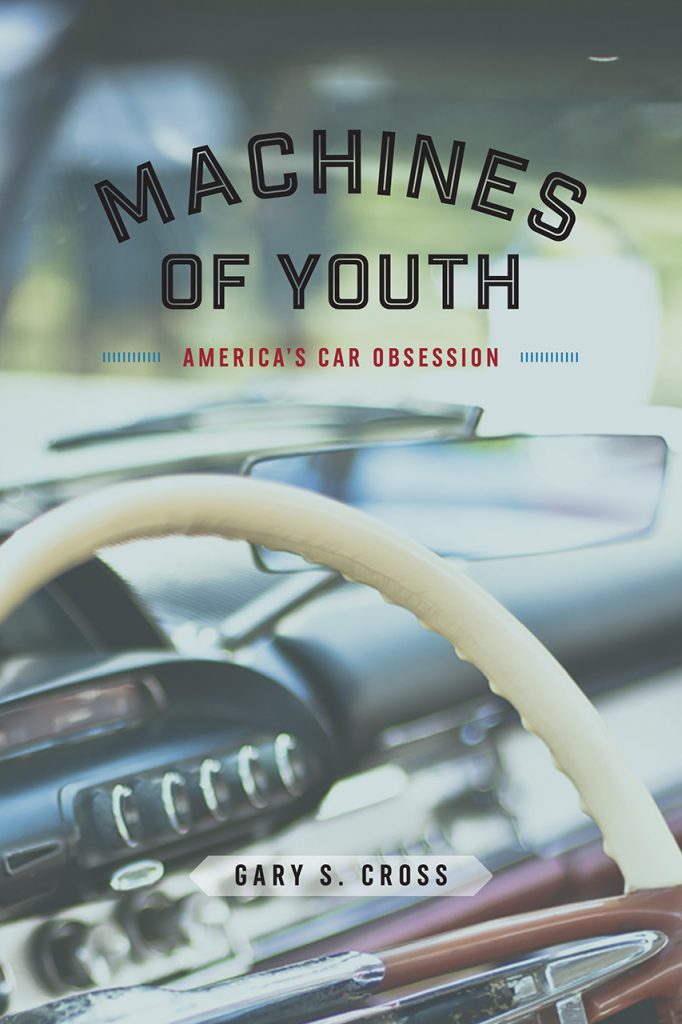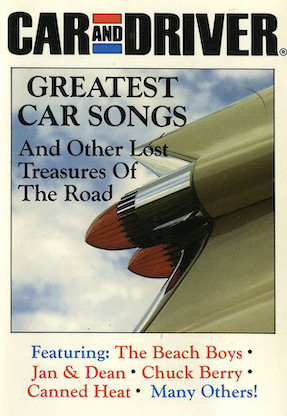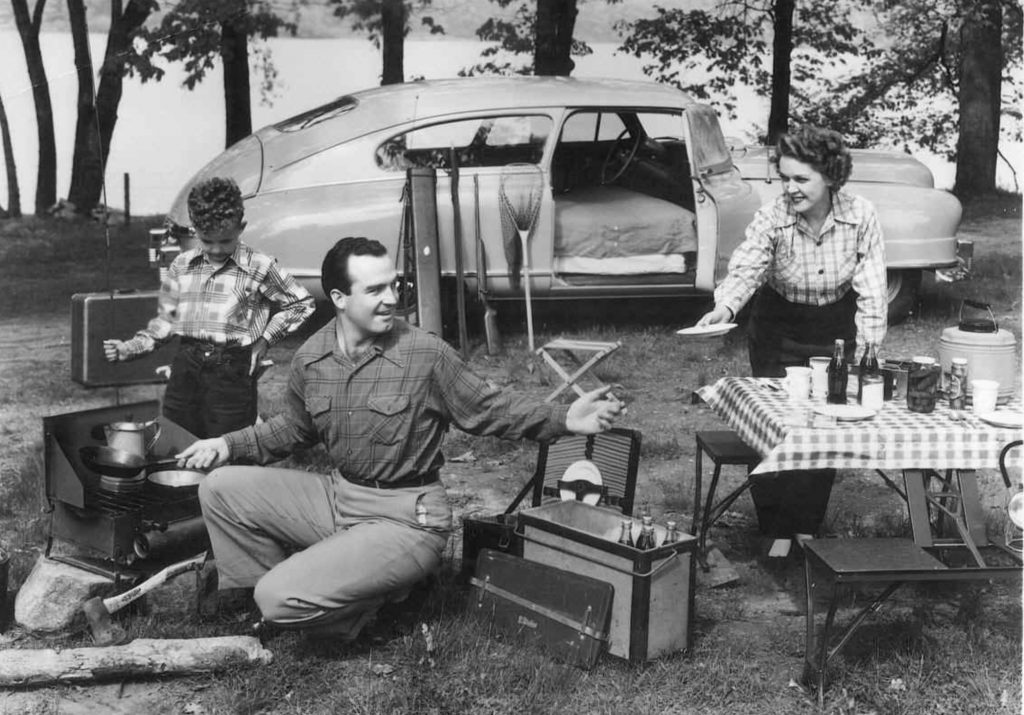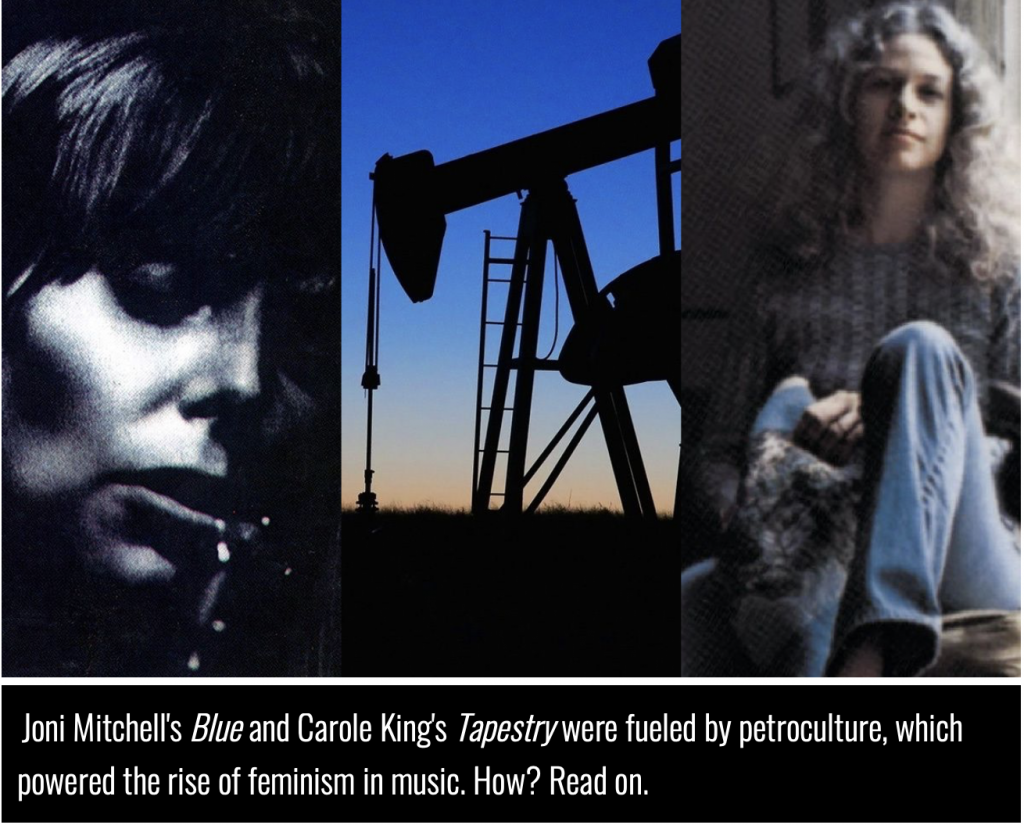
I recently came across an article on Jezebel – “A Supposedly Feminist Website” – about a recent pickup truck purchase of one of its writers. In “I’m a Truck Guy Now,” blogger Molly Osberg announces, discusses, and rationalizes her recent acquisition of a used Toyota Tacoma. Although Osberg’s excitement in her vehicle choice is palpable, she finds it necessary to continually justify not only the purchase itself, but her feelings about owning a mid-sized truck. It is only after she lays out the “legitimate” reasons for owning a truck that she allows herself to express why, in her words, the Tacoma is “the coolest fucking thing I’ve ever owned.”
Women and pickup trucks was the subject of an article adapted from my dissertation recently published in the European Journal of American Culture. In “A Woman and Her Truck: Pickups, the Woman Driver, and Cowgirl Feminism” I call upon a 2013 Chevy Silverado commercial as a segue into American women’s growing fascination with pickups. In interviews with 25 truck-owning women, I consider how women often assume cowgirl personas as a way to gain legitimacy in a historically masculine culture. However, what also became apparent through these enlightening conversations was how passionately many women feel about driving and owning a pickup truck.
Osberg shares many of the sentiments of those interviewed for “A Woman and Her Truck”. Much like those female truck owners, Osberg expounds upon the vehicle’s practical applications to her own life and that of her partner. Whether calling upon the truck to pull horse trailers and boats, or transport landscape supplies and building materials, women are likely to view truck ownership as a way to present themselves as tough, sturdy, industrious, and hardworking. Osberg also spends a great amount of time considering possible modifications to the truck. Carhartt seat covers, a trailer hitch, a three-inch lift, a truck cap, and vinyl racing stripes are a few of the additions Osberg contemplates as a way to make the truck her own. Osberg has named her pickup “Wylene”. In many of my women-and-car projects, I have found that naming is a common way women personalize and create identities for the vehicles they drive. Osberg also enjoys the element of surprise driving a pickup offers. Due to the truck’s size, substance, and strong association with masculinity, a small woman climbing out of a big truck often turns heads. And as Osberg has discovered, trucks provide the female motorist a sense of respect not often awarded to a driver of a typical “mom” vehicle – i.e. minivan or small SUV. As noted by the 25 truck-owning women, the ability to confidently and expertly handle a vehicle of considerable size and power marks the woman behind the wheel as an exceptional driver.
However, unlike Osberg, the women I interviewed had few qualms expressing enthusiasm, passion, and pure joy over the trucks they drive. They love how they feel when behind the wheel of a large, powerful vehicle. They appreciate the opportunities for recreation and adventure the pickup makes possible. They embrace the respect they receive when maneuvering a cumbersome machine; they feel empowered by the strength and toughness associated with truck ownership; they consider themselves exceptional for handling a vehicle rarely associated with the female motorist.
Perhaps Osberg’s reticence regarding her recent automotive purchase stems from an underlying suspicion that she does not in fact need, or deserve, a pickup truck. Perhaps admitting her affection for a masculine material object on a “supposedly feminist website” causes her to question her feminist “props.” However, as the interviews with 25 unapologetic truck-owning women – not to mention the growing number of female truck consumers – make clear, a good number of women have discovered that pickup ownership enhances their work, play, lives, and self-worth. As they might say to Molly Osberg, perhaps it is time to shed your inhibitions and take a little bit of joy from your new-to-you Toyota Tacoma.
Lezotte, Chris. “A Woman and Her Truck: Pickups, the Woman Driver, and Cowgirl Feminism.” European Journal of American Culture 38.2 (2019): 135-153.
Osberg, Molly. “I’m a Truck Guy Now.” Jezebel.com 6 December 2019.
Are you a truck owner? If not, have you ever considered purchasing one? What pickup qualities most interest you? Feel free to comment below.
